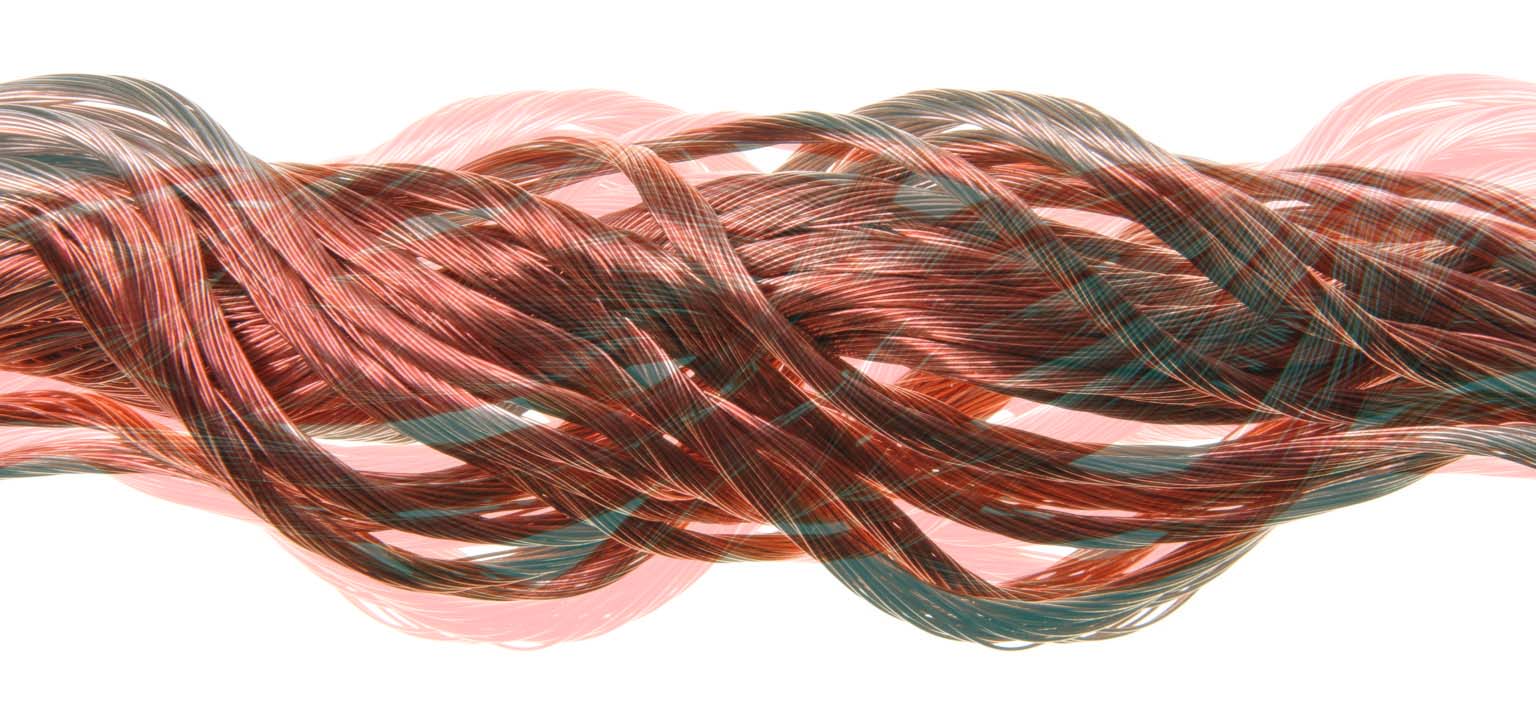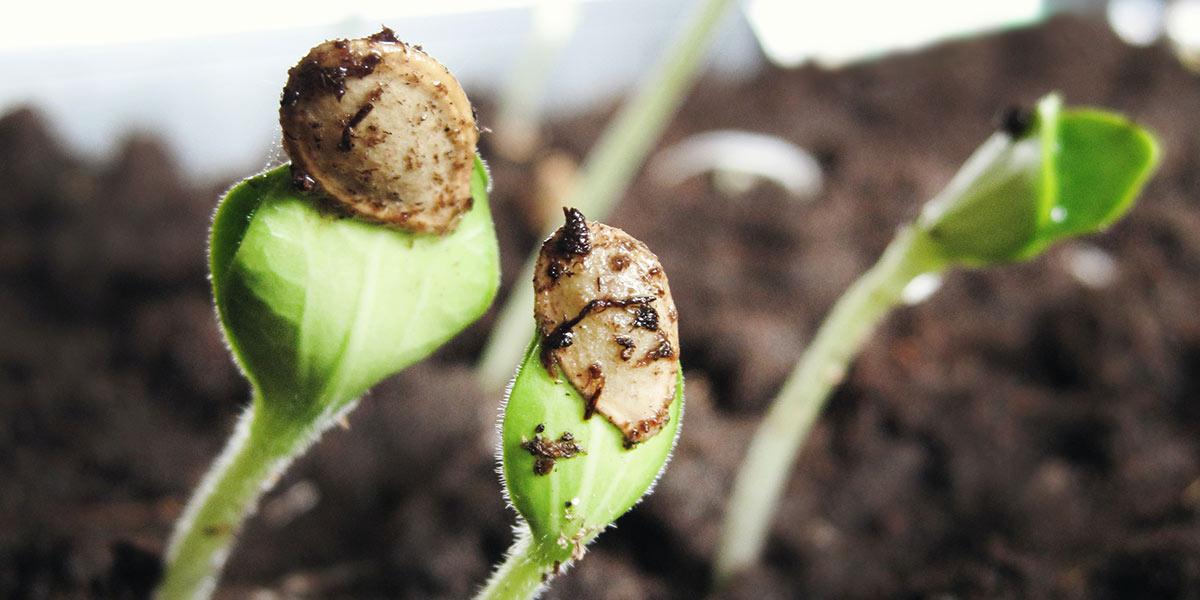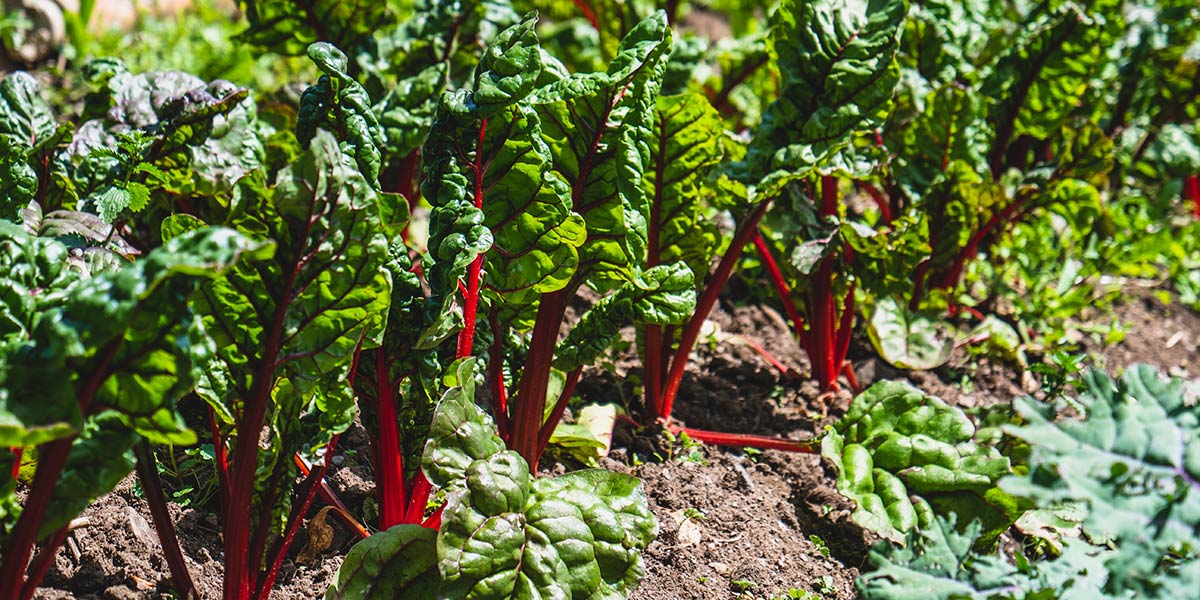Ferti-Facts: Copper Fit Your Plants
organics, fertilizer, grower's secret, organic farming, fertifacts, micro-nutrients, copper
Introduction
Copper is an essential micronutrient for all plant and animal life. Even snails and slugs that are particularly averse to copper tape and pots have large amounts of copper in their tissue. Copper is the 25th most abundant element on Earth with about two-thirds of Earth’s copper is found in igneous rocks and about a quarter in sedimentary rocks. The metal is found free as native copper or as compounds such as copper sulfides (chalcopyrite, bornite, digenite, covellite, and chalcocite), copper sulfosalts (tetrahedrite-tennantite and enargite), copper carbonates (azurite and malachite), and copper oxides (cuprite and tenorite). Most of today’s mined copper is from open pits. However, since copper reserves may be limited, attention has shifted to deep-sea polymetallic nodules as a future source.





